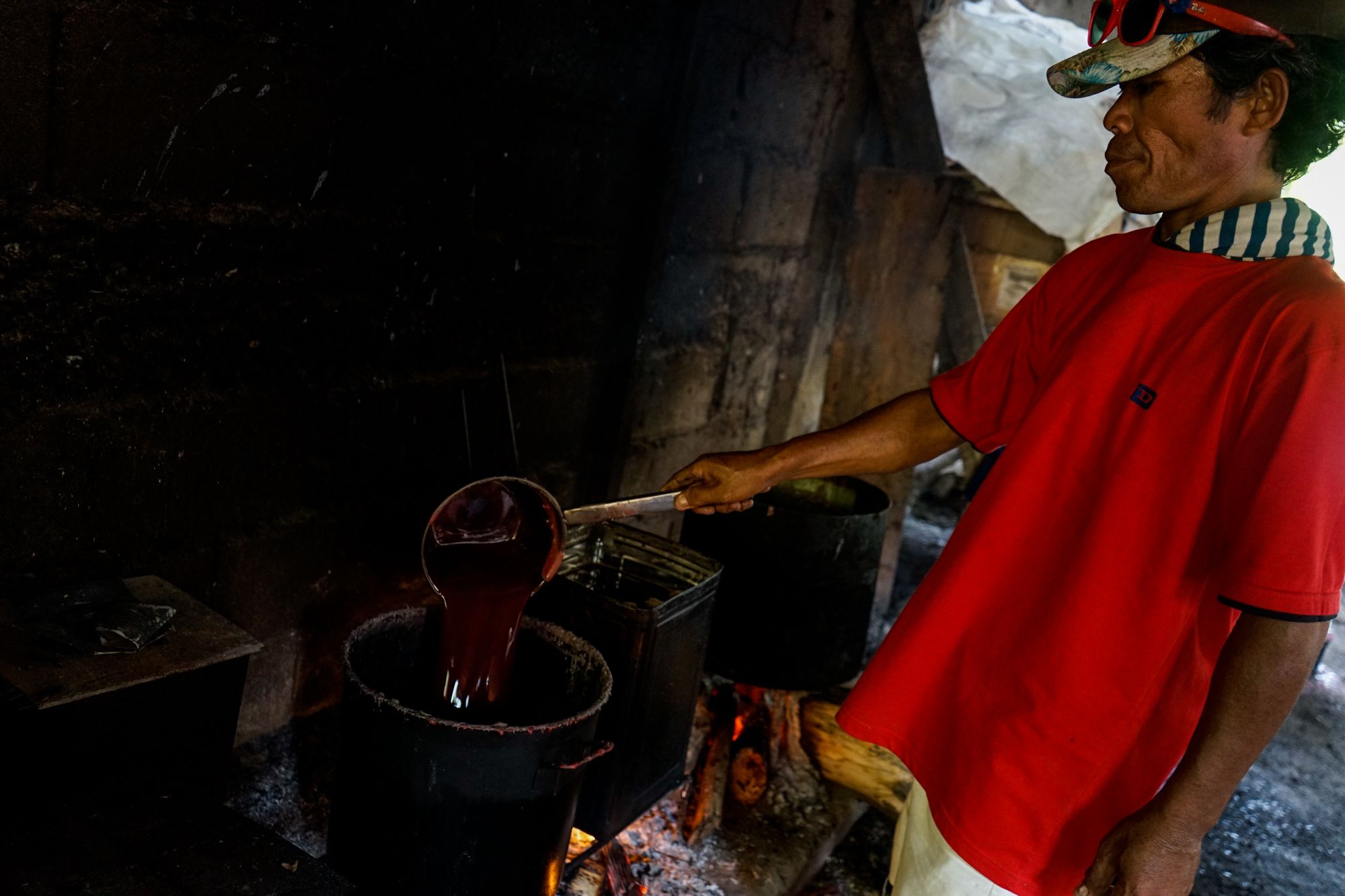Recycling candles sustains Philippine diocese's social action work
Church workers produce at least 3,000 recycled and new candles every two days

A diocese in the central Philippines has been able to sustain its social action work, including the payment of salaries of its 22 workers, by recycling candles.
Father Mark Anthony Ongos saw the opportunity in 2016 while watching candles burn and melt inside the Gallery of Saints, his favorite place in the San Carlos Borromeo Cathedral.
The priest set up a small recycling and candle-making shop, which the social action center of the diocese adopted it as an income-generating project.
"There is big demand for candles, especially during feasts and other church events," said the priest, who also serves as deputy social action director.
Church workers Arsenia Rabakal and Alfredo Dellagado work as chandlers for Father Ongos' project, producing at least 3,000 recycled and new candles every two days.
"This is a fun job, and we earn a decent amount of money," said Rabakal, adding that offering lighted candles has been part of the lives of Filipino Catholics.
"We light candles when we say our prayers, during baptisms, weddings, and funerals," she said.
The church workers collect wax and half-burned candles in churches and later segregate these based on the color.

Some parish workers bring their used candles to be recycled. The project has been supplying candles to all the parishes in the diocese.
Rabakal and Dellagado make candles in ten different colors. Each color has a meaning. For instance, the color red is used for celebrations and special occasions while blue is used for offerings when one is praying for prosperity, peace, and good relationship.
Father Dionisio Nacario, social action director of San Carlos Diocese, said the project earns up to US$2,000 a month.
Part of the income goes to the "Priest Care Fund," which the diocese uses to provide health care and other basic needs to priests.
Most of the money is used to pay the salary of social action workers, including Rabakal and Dellagado.
In the past two years, the San Carlos social action ministry has been visiting other dioceses to introduce their candle recycling methods.
© Copyright MMXX LiCAS.news


